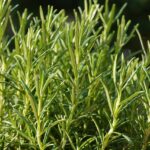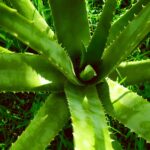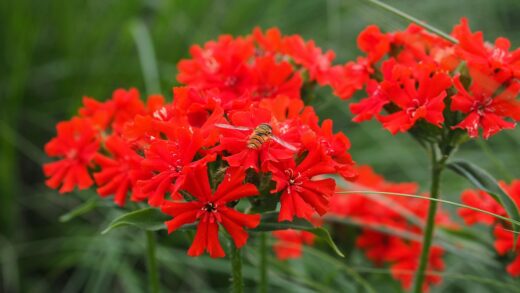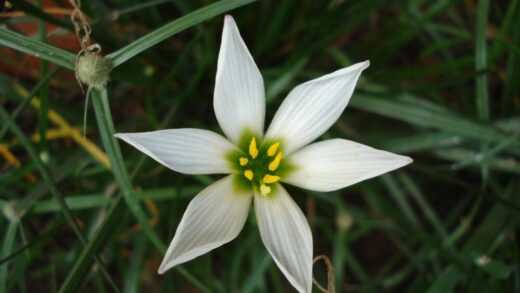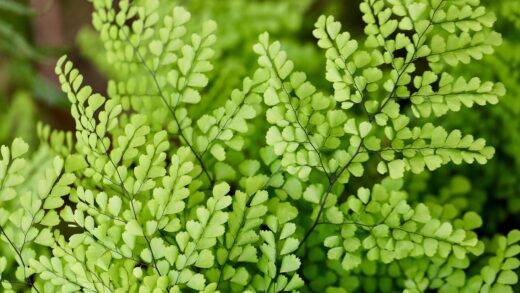Watering and fertilizing japanese barberry
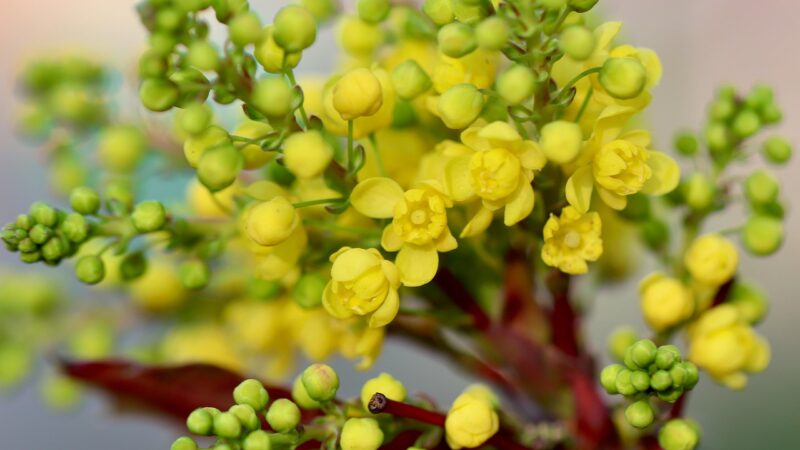
Proper watering and fertilization are cornerstone practices for cultivating a healthy, vibrant Japanese barberry, yet this shrub’s inherent toughness means that a ‘less is more’ approach is often the most successful. As a species known for its remarkable drought tolerance once established, the primary challenge is not to provide excessive moisture, which can be far more detrimental than a period of dryness. Understanding the plant’s water requirements during different life stages, from a newly installed specimen to a mature shrub, is critical. Likewise, its fertilization needs are modest, and applying nutrients judiciously will support steady growth and brilliant foliage without promoting weak, disease-prone stems. Mastering the delicate balance of these inputs is key to unlocking the full ornamental potential of this resilient landscape plant.
The most critical period for attentive watering is during the plant’s first year in the garden. During this establishment phase, the root system is actively growing and expanding into the surrounding soil, making it more vulnerable to drought stress. Consistent moisture is required to support this development, but overwatering must be strictly avoided as it can suffocate the roots and lead to fatal root rot. The goal is to maintain a soil environment that is evenly moist but never saturated, a condition that requires careful monitoring of both weather patterns and soil conditions.
Once a Japanese barberry has survived its first full growing season and has a well-developed root system, its water needs decrease dramatically. A mature plant can withstand considerable periods of dry weather with little to no supplemental irrigation in many climates. This resilience is one of its most valued traits, making it an excellent choice for low-water landscapes and sustainable gardening practices. However, even established plants may require occasional watering during prolonged or exceptionally severe droughts to prevent undue stress.
Fertilization follows a similar principle of moderation. Japanese barberry is not a heavy feeder and can thrive in average garden soil without regular nutrient applications. In fact, over-fertilizing is a common mistake that can cause more harm than good, leading to rapid, weak growth that is more susceptible to pests, diseases, and winter injury. A targeted approach, based on observable plant health and soil conditions rather than a rigid schedule, will yield the best long-term results and maintain the plant’s compact, sturdy habit.
Watering newly planted shrubs
The first few weeks and months after planting are the most crucial for establishing a successful watering routine for a new Japanese barberry. Immediately after planting, the shrub should be watered deeply and slowly, allowing the water to thoroughly saturate the root ball and the surrounding backfilled soil. This initial watering is essential for settling the soil, eliminating air pockets, and providing the immediate moisture needed for the roots to begin their recovery and growth. A volume of water equivalent to the size of the container it came from is a good general guideline for this first application.
More articles on this topic
For the remainder of the first growing season, a consistent watering schedule is necessary. A general rule of thumb is to provide approximately one inch of water per week, either from rainfall or supplemental irrigation. However, this is just a guideline, and the actual frequency will depend on factors such as soil type, temperature, and wind. Instead of watering on a strict calendar schedule, it is far more effective to check the soil moisture directly. The soil should be checked every few days by inserting a finger two to three inches deep near the base of the plant; if the soil feels dry at that depth, it is time to water.
When it is time to water, the best method is to apply the water slowly and directly to the root zone, allowing it to penetrate deeply into the soil. Using a soaker hose or a gentle trickle from a garden hose is much more effective than a quick, shallow spray from overhead. Deep watering encourages the roots to grow deeper into the soil profile, where moisture is more consistent and temperatures are more stable. This practice helps to build a more extensive and drought-resilient root system for the long term.
It is critically important to avoid overwatering, as Japanese barberry is highly susceptible to root rot in waterlogged soil. The goal is to allow the soil to dry out slightly between waterings, which ensures that the roots have access to the oxygen they need to function properly. A constantly saturated soil environment will suffocate the roots, leading to their decay and the subsequent decline of the entire plant. Careful monitoring and a disciplined approach to watering are the keys to successfully navigating this important establishment period.
Irrigation for established plants
Once a Japanese barberry has been in the ground for at least one full year, it is generally considered to be established, and its watering needs change significantly. An established plant has developed a much more extensive root system that can explore a larger volume of soil for moisture, making it far more self-sufficient. In most temperate climates with regular rainfall, a mature Japanese barberry may not require any supplemental watering at all, except under the most extreme drought conditions. This exceptional drought tolerance is a hallmark of the species.
More articles on this topic
The need for supplemental irrigation for an established plant should be determined by observing the plant itself and the prevailing weather conditions, rather than by following a routine. During extended periods of heat and no rain, the plant may show signs of stress, such as slight wilting of the leaves or a dulling of their color. These are indicators that the plant could benefit from a deep soaking. When this is the case, one thorough, deep watering is far more beneficial than several light, shallow applications.
The best practice for watering a mature shrub during a drought is to apply water slowly over the entire root zone, which can extend out to the plant’s dripline (the edge of its outermost branches) and beyond. A soaker hose placed in a spiral pattern under the shrub is an excellent tool for this purpose, as it delivers water directly to the soil with minimal loss to evaporation. The goal is to moisten the soil to a depth of at least six to eight inches, which will sustain the plant for a considerable period until the next rainfall.
It is important to remember that even a drought-tolerant plant has its limits. In regions with very hot summers and infrequent rainfall, or for plants in sandy, fast-draining soils, occasional deep watering during the driest months will help maintain the plant’s vigor and appearance. However, the default approach should always be to water infrequently. The resilience of this shrub is often underestimated, and more harm is typically done by providing too much water rather than too little.
Understanding fertilization needs
Japanese barberry is a light feeder and generally does not require a robust fertilization program to thrive. In soils that are reasonably fertile, the plant can often obtain all the nutrients it needs directly from the soil, especially if a layer of organic mulch is maintained around its base. As the mulch decomposes, it provides a slow and steady supply of essential nutrients, which is typically sufficient to support healthy growth. For this reason, many established barberry shrubs never receive supplemental fertilizer and perform beautifully.
The decision to fertilize should be based on the plant’s appearance and performance, or on the results of a soil test. If a plant is exhibiting signs of a nutrient deficiency, such as pale green or yellow leaves (chlorosis) despite receiving adequate sunlight, or is showing very slow and stunted growth, then a fertilizer application may be warranted. A soil test is the most accurate way to determine if a specific nutrient is lacking, allowing for a targeted and effective solution rather than guesswork.
If fertilization is deemed necessary, the best time to apply it is in the early spring, just as new growth begins to emerge. This timing ensures that the nutrients are available to the plant during its most active period of growth. A balanced, all-purpose granular fertilizer with a formulation such as 10-10-10 is a suitable choice. Alternatively, amending the soil with a layer of high-quality compost is an excellent organic option that not only provides nutrients but also improves the overall health of the soil.
Over-fertilization is a significant risk and should be carefully avoided. Applying too much nitrogen, in particular, can stimulate a flush of rapid, weak, and succulent new growth. This type of growth is much more susceptible to damage from pests like aphids, diseases like powdery mildew, and injury from late spring frosts or winter cold. It can also lead to a more open, leggy plant structure rather than the dense, compact habit for which the shrub is valued. Always follow the application rates recommended on the fertilizer product label.
Application techniques and timing
When applying granular fertilizer to a Japanese barberry, the method of application is important to ensure it is effective and does not harm the plant. The fertilizer should be spread evenly on the soil surface over the entire root zone, which extends from the base of the plant out to its dripline. It is crucial to avoid concentrating the fertilizer in a single pile at the base of the shrub, as this can severely burn the stems and roots. After spreading the granules, they should be lightly incorporated into the top inch of soil or mulch.
Following the application of a granular fertilizer, it is essential to water the area thoroughly. Watering serves two important purposes: it helps to move the nutrients down into the root zone where they can be absorbed by the plant, and it washes any fertilizer granules off the foliage, preventing potential leaf burn. This step activates the fertilizer and begins the process of making the nutrients available to the plant’s root system. Without adequate watering, the fertilizer will simply sit on the surface and be ineffective.
The timing of fertilizer application is a critical factor. All fertilization should be completed by mid-summer at the latest. Applying fertilizer late in the growing season can encourage a flush of new growth that will not have sufficient time to harden off and mature before the onset of cold weather and the first frosts. This tender new growth is highly susceptible to winter damage, which can set the plant back and require significant pruning the following spring. Allowing the plant to naturally slow its growth in late summer and autumn is part of its preparation for dormancy.
For those who prefer organic methods, applying a one-to-two-inch layer of well-rotted compost over the root zone in the spring is an excellent alternative to synthetic fertilizers. Compost releases nutrients slowly over the course of the season, provides a wide range of micronutrients, and improves soil structure and water retention. It can be gently worked into the surface of the soil or simply applied as a top dressing under the mulch layer, allowing natural processes like rain and soil organisms to incorporate it over time. This method provides a gentle, sustainable source of nutrition for the plant.








